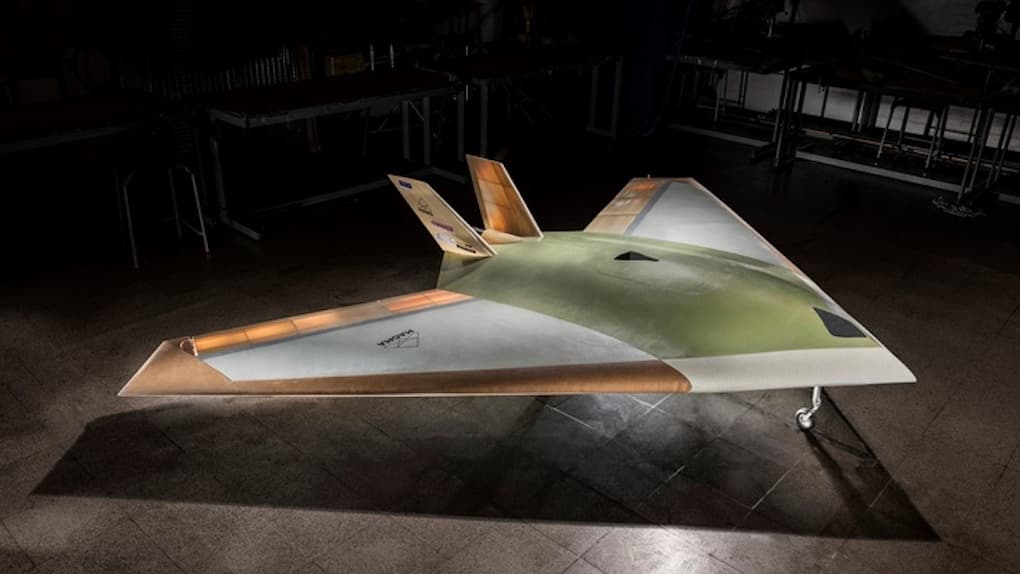Stealth Drone
Mid-flight, planes typically appear to be unmoving, solid pieces. But upon closer inspection, their moving, flapping, rotating parts — otherwise known as aircraft control surfaces — are quickly visible. If you were searching the skies specifically for moving planes or stealth aircraft, especially using radar, these movements when an aircraft changes direction would be a dead giveaway.
Aircraft control surfaces may soon be a thing of the past. When BAE Systems removed them for their new MAGMA Drone, it resulted in a vehicle that was lighter, and all around stealthier than previous models.
Instead of using bulky and visually obvious mechanisms like rudders and elevators to control direction, this unique drone allows the pilot to control it by simply directing the air flowing through the engine and air blowers.
So far, the aircraft is suitable only for demonstration and testing, but it has officially completed its first successful flight.
Control Mechanisms
Control surfaces, the physical components of a craft that allow it to change direction, have been a staple element of plane design since the early days of flight in the 20th century. Not only does removing these surfaces increase stealth in the simply designed crafts; it could also reduce the risk of damage and mechanical complications, as there are fewer components at risk on the outside of the plane. Mechanical surfaces have occasionally failed in the past, resulting in disaster.
The "blown air" system that replaces these surfaces works by redirecting air from the supersonic-speed engine to the far edge of the wing. Air blowers can also change the direction of the craft's exhaust. Through these two processes, the drone's direction can be remotely controlled without the need for any control surfaces.
This development could signal a new wave in design, and not only for stealth aircraft. From its remote operation to its sleek design and better resilience to external damage, the MAGMA drone incorporates many advances that we may one day see in commercial planes.
Share This Article
